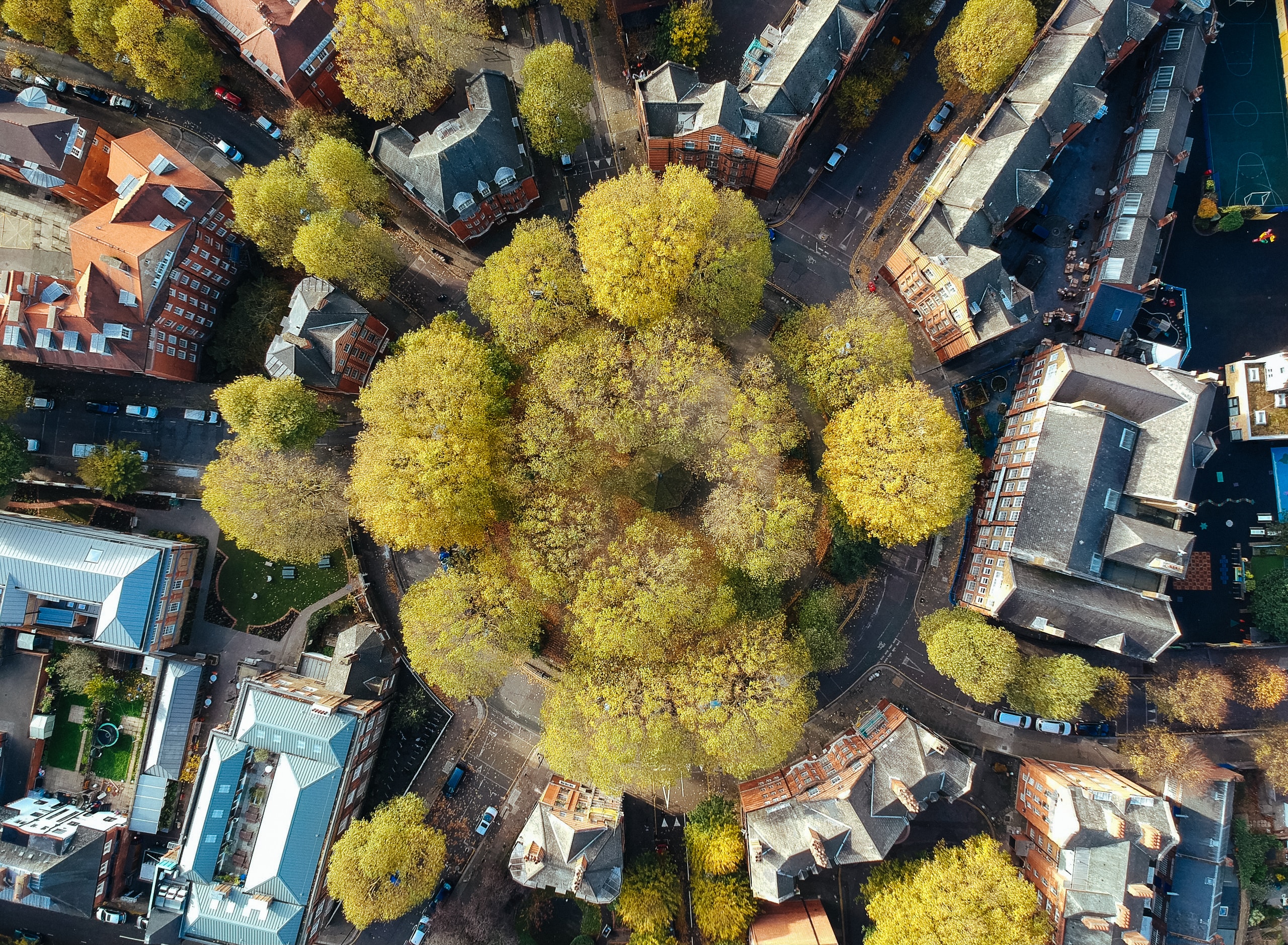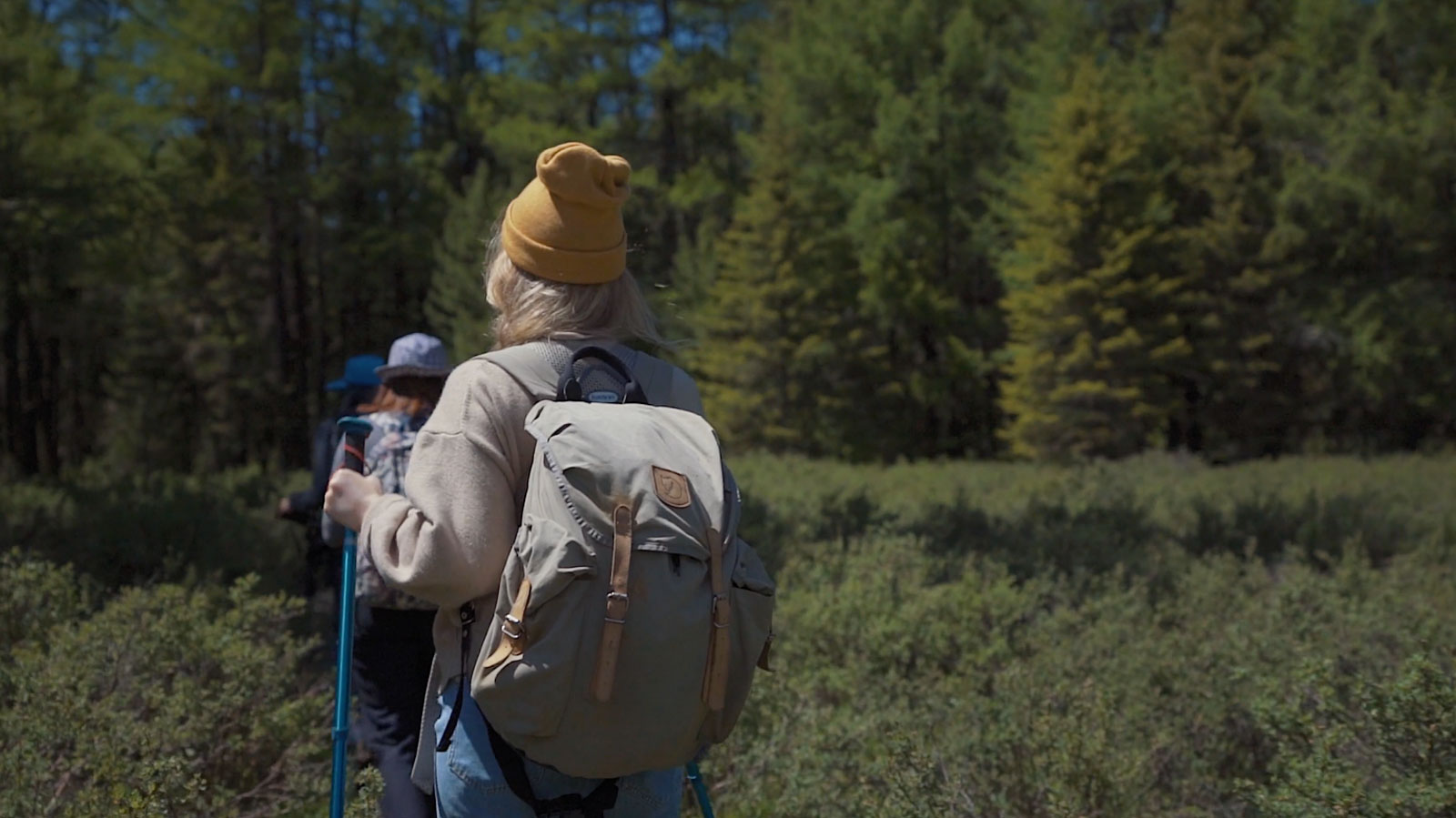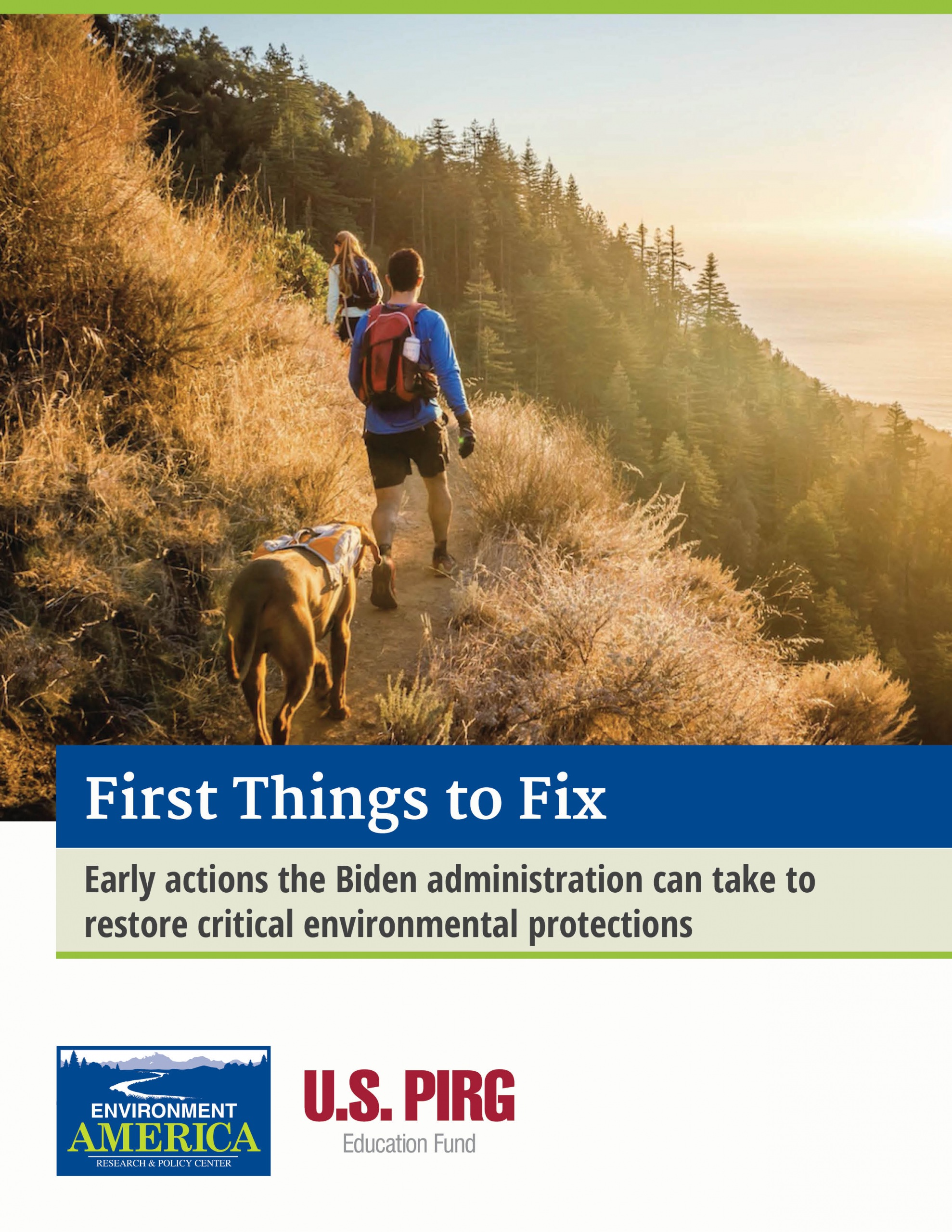
Letter to Texas Water Development Board re Marvin Nichols reservoir
Letter send on December 1, 2023
To: Texas Water Development Board, [email protected]
Re: Feasibility Review of the Proposed Marvin Nichols Reservoir
Fr: Audubon Texas, Big Thicket Association, Big Thicket Natural Heritage Trust, The Conservation Fund, Trammell S. Crow, East Texas Woods and Waters Foundation, Environment Texas, Fin and Fur Films, LLC, Friends United for a Safe Environment, National Park Conservation Association, National Wildlife Federation, Native Prairie Association of Texas, The Nature Conservancy, Texas B.A.S.S. Nation, Texas Conservation Alliance, Texas Foundation for Conservation, Travis Audubon, and Wray-Todd Ranch, LLC
Thank you for the opportunity to provide input to the Feasibility Review on the proposed Marvin Nichols Reservoir project. The 18 co-signers listed below urge the Texas Water Development Board to study the proposed 66,000-acre Marvin Nichols Reservoir from the point of view of finding the best alternative. As described below, the impacts of building Marvin Nichols – environmental, economic, and social – would be enormous, with the people of Northeast Texas suffering the impacts while gaining no benefit from the reservoir. Drowning crucial wildlife habitat, wetlands, and bottomland forest and taking Texans’ land by eminent domain should be avoided if there are other feasible options. Please focus your review on more economical options that avoid detrimental environmental impacts and can meet the future water demands of the Dallas-Fort Worth area.
Past feasibility studies have focused mostly on the cost of constructing the proposed reservoir. The mandate from the legislature for this feasibility review emphasizes the “associated” costs, the negative economic impact, and land acquisition considerations. Past studies simply stated that landowners would be paid fair market value for their land without mention of the added costs people incur when their land and home are taken, their jobs are terminated, and they are forced to relocate to another region of the state. These studies skimmed over the impacts that would accrue to the timber/agriculture-based economy if a significant portion of the region’s land were removed from the resource base. They failed to assess the very real cost of losing some of the last remaining bottomland hardwood forest left in the state and destroying crucial habitat for a host of resident wildlife and migrating waterfowl and songbirds.
Bottomland hardwood forests are among the most biologically-diverse ecosystem in the country, supporting a wealth of wildlife. A study conducted by Texas Parks and Wildlife Department in the 1980’s found that at that time 85% of the original bottomland hardwood forest in Texas had already been converted to other uses. Bottomland hardwood forests comprised only about 9% of Texas land originally – by the 1980’s it was reduced to less than 1½ %. The assault on this rare and biologically diverse ecosystem has continued since. The Sulphur River, flowing east through the heart of Northeast Texas, features tens of miles of bottomland hardwood forest of such high quality that much of it has been designated by the U.S. Fish and Wildlife Service as Priority 1 for protection. Roughly two-thirds of the proposed reservoir’s 66,000 acres are bottomland hardwood forests or other forests. Permanently flooding 66,000 acres of floodplain would be an environmental impact of enormous magnitude – one that some biologists have said could not be mitigated.
The economic impacts of inundating so much land would show up in lost jobs, lost revenues for counties and school districts as land is taken out of the tax base and families are forced to move, and a ripple effect through the entire economy of the region with the shrinking of its primary economic driver, the timber industry. Communities and families would lose land and homes, family cemeteries, and historic places founded by their ancestors, and more than a thousand archaeological sites would be inundated forever.
With impacts on this scale, it is incumbent on TWDB and the water utilities in the Dallas-Fort Worth area to seek options for water supply that avoid such impacts to their fellow Texans in Northeast Texas.
The most economical approach to meeting the future water demands of the DFW area are conservation and recycling/reuse of existing water sources.
Numbers in the 2021 Region C Water Plan illustrate the power that conservation can have in the region. Table 2.7 (Page 2.15) projects that in 2070 the entirety of Region C will be using 2.9 million acre-feet per year (AFY). The water supply in 2070, without counting Lake Bois d’Arc and without adding any new reservoirs, is projected in Table 3.1 (Page 3.3) to be 2.25 million AFY. With Bois d’Arc added, the projected water supply will be 2.37 million AFY in 2070, without adding any other new reservoirs. In Table 2.1 (Page 2.6) the Region C Plan projects a population of 14,685,000 for Region C in 2070. After converting the projected water demand from acre-feet per year to million gallons per day and dividing it by the projected population, we find that Region C expects to be averaging approximately 180 gallons per capita per day (gpcd) in 2070. A number of major cities in Texas have brought their per capita water use down to approximately 120 gpcd. Region C would have to bring its water use down to only about 150 gpcd for its current supply to be sufficient to meet its 2070 demand, without adding any new reservoirs.
As noted above, the Region C Water Plan projects a 2070 demand for the region of 2.9 million AFY. Of this 2.9 million, approximately half would be lost to lawn watering and other consumptive uses and half would return to the wastewater treatment plants and potentially be available for reuse. Entities in Region C are planning for reuse projects that are projected to supply more than 411,000 AFY in 2070 (Page 8.19). This leaves roughly a million acre-feet per year of potential water supply in the region unused. Numerous studies have shown that direct or indirect reuse is the most economical source of water supply other than conservation. Furthermore, reuse is a totally reliable source – often referred to as “drought-proof” because it does not rely on rainfall or runoff.
The numbers above illustrate the likelihood that DFW’s future demands could be met by conservation and reuse. If some new supplies were required, there are other options discussed in the Region C plan that are less costly than building Marvin Nichols Reservoir. The undersigned organizations urge TWDB to review and support less damaging water supply options for the DFW area.
Submitted by:
Audubon Texas
Big Thicket Association
Big Thicket Natural Heritage Trust
The Conservation Fund
Trammell S. Crow
East Texas Woods and Waters Foundation
Environment Texas
Fin and Fur Films, LLC
FUSE – Friends United for a Safe Environment (Texarkana)
National Park Conservation Association
National Wildlife Federation
Native Prairie Association of Texas
The Nature Conservancy
Texas B.A.S.S. Nation
Texas Conservation Alliance
Texas Foundation for Conservation
Travis Audubon
Wray-Todd Ranch, LLC
Contact: Janice Bezanson, 512-327-4119, [email protected]
Topics
Find Out More


A Most Valuable Legacy

Journey Through the Tongass

